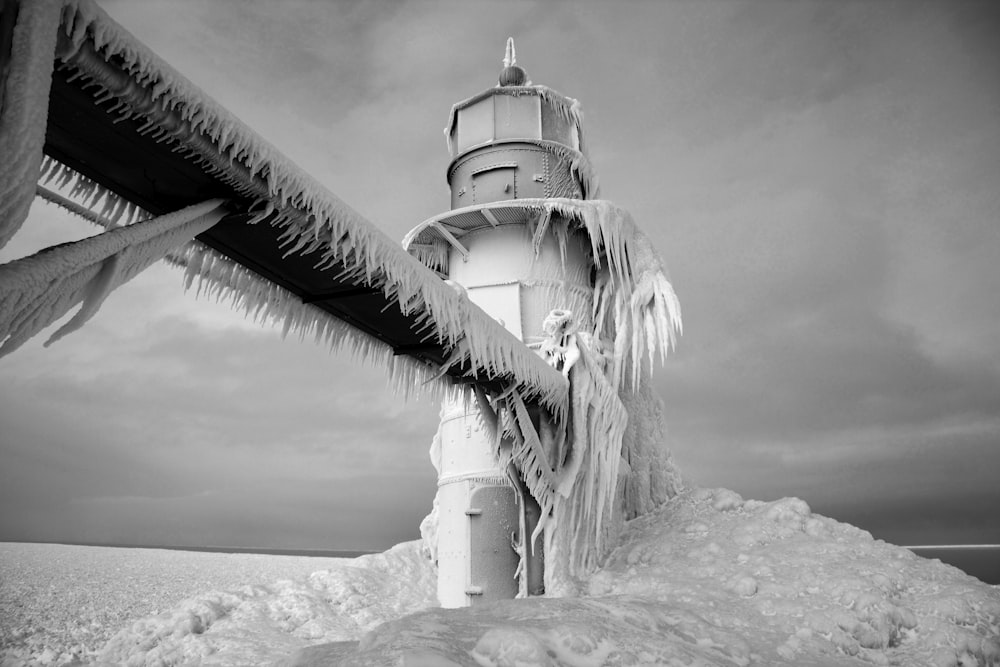Thawing Frozen Pipes: Winter Plumbing Solutions
Winter can be a beautiful time of year, but it also brings its share of challenges, especially when it comes to plumbing. Frozen pipes are a common issue during the colder months, causing inconvenience and potential damage to homes. However, with the right knowledge and precautions, you can thaw frozen pipes and prevent them from wreaking havoc on your plumbing system.
Understanding the Risks of Frozen Pipes
Frozen pipes occur when water inside the pipes freezes, causing them to expand and potentially burst. This can lead to costly water damage and disruption to your home. Pipes that are most at risk of freezing include those located in unheated or poorly insulated areas, such as basements, attics, and crawl spaces. Additionally, pipes that are exposed to outdoor temperatures, such as those in exterior walls or outdoor faucets, are also susceptible to freezing.
Signs of Frozen Pipes
Recognizing the signs of frozen pipes is the first step in addressing the issue before it escalates. Common indicators of frozen pipes include:
- No water flow: If you turn on a faucet and no water comes out, it could be a sign of a frozen pipe.
- Frost on pipes: Visible frost on exposed pipes is a clear indication that they are frozen.
- Strange odors: If you detect unusual odors coming from your faucets or drains, it could indicate a frozen pipe.
- Bulging or frosty pipes: Bulging or frosty pipes are a sign that water inside them has frozen and expanded, putting them at risk of bursting.
Thawing Frozen Pipes Safely
Thawing frozen pipes is a delicate process that requires caution to avoid further damage. Here are some safe thawing methods to consider:
- Use heat sources: Apply gentle heat to the frozen pipe using a hairdryer, heat lamp, or electric heating pad. Start at the end nearest the faucet and work your way toward the blockage.
- Wrap pipes in towels: Wrap towels soaked in hot water around the frozen pipes to help thaw them more quickly.
- Open faucets: Open faucets connected to the frozen pipes to allow water to flow freely once they thaw.
Preventing Frozen Pipes
Prevention is key when it comes to avoiding frozen pipes. Here are some preventive measures to take:
- Insulate pipes: Insulate pipes in unheated areas or exposed to outdoor temperatures with foam pipe insulation or heat tape.
- Seal gaps: Seal gaps and cracks in walls, floors, and around pipes to prevent cold air from entering your home.
- Keep cabinets open: Open cabinet doors under sinks to allow warm air to circulate around pipes.
- Let faucets drip: Allow faucets connected to exposed pipes to drip slowly to prevent them from freezing.
Seeking Professional Help
If you’re unable to thaw frozen pipes yourself or if you suspect a pipe has burst, it’s essential to seek professional help immediately. A licensed plumber can assess the situation, thaw frozen pipes safely, and repair any damage to your plumbing system.
Conclusion
In conclusion, dealing with frozen pipes can be a challenging aspect of homeownership, especially during the winter months. By understanding the risks, recognizing the signs, and taking preventive measures, you can effectively thaw frozen pipes and protect your plumbing system from damage. If you’re unsure how to safely thaw frozen pipes or suspect a pipe has burst, don’t hesitate to seek professional help. With the right knowledge and precautions, you can keep your plumbing system running smoothly throughout the winter season.

